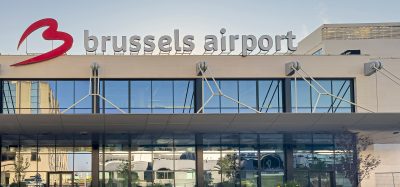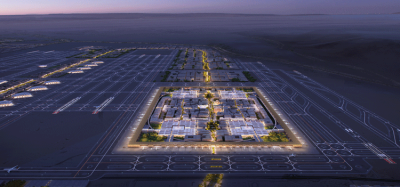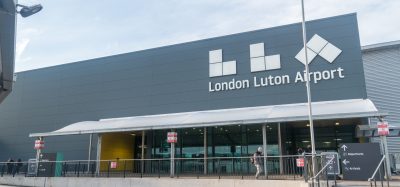Toronto Pearson’s story of growth
- Like
- Digg
- Del
- Tumblr
- VKontakte
- Buffer
- Love This
- Odnoklassniki
- Meneame
- Blogger
- Amazon
- Yahoo Mail
- Gmail
- AOL
- Newsvine
- HackerNews
- Evernote
- MySpace
- Mail.ru
- Viadeo
- Line
- Comments
- Yummly
- SMS
- Viber
- Telegram
- Subscribe
- Skype
- Facebook Messenger
- Kakao
- LiveJournal
- Yammer
- Edgar
- Fintel
- Mix
- Instapaper
- Copy Link
Posted: 16 December 2019 | Patrick Neville | No comments yet
To ensure passengers choose your airport over others, its infrastructure requires significant and sustainable investments, expresses Patrick Neville, Vice President of Airport Development and Technical Services for the Greater Toronto Airports Authority.
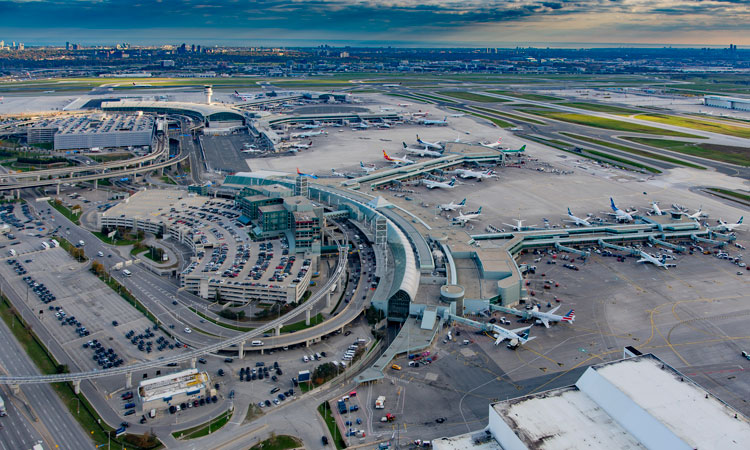

Toronto Pearson‘s decisions have long been guided not by the theory that ‘if you build it, they will come,’ but rather, ‘they are coming, so we must build so we are ready for them.’
When the second phase of the spacious and innovative Terminal 1 opened in 2007, it replaced both the old Terminal 1 and Terminal 2, which were both extremely congested and obsolete. In 2010, following the great recession, passenger traffic at Toronto Pearson rebounded quickly and we welcomed 30 million passengers per year through our terminals. There was criticism that we built too big of a terminal which wasn’t necessary for Toronto. However, the years have shown us that we were right to have looked further into the future.
Today, we are welcoming over 50 million passengers per year, and the investment in Terminal 1 and further investment in Terminal 3 has positioned us to meet the demand of 65-70 million passengers per year that will pass through Toronto Pearson by the end of the next decade. Toronto Pearson is Canada’s largest airport, the most connected international airport in North America, and the sixth-most connected international airport in the world.
As the demand for air travel continues to grow, we need to ensure that our infrastructure meets that demand through the optimisation of existing facilities or the construction of new ones. Over the next 20 years, we forecast that Toronto Pearson has the potential to grow to 85 million passengers annually. This growth has resulted in the need to further invest in the airport’s physical infrastructure.
With growth comes challenges
One of the many challenges we’re committed to meeting in the face of this strong growth is maintaining our focus on providing excellent service for our passengers. Passengers have choice in which airport they use, and if we are not providing a reliable, consistent and seamless flow through our airport, passengers will choose to go elsewhere.
It is rewarding for us to see that our passenger focus is working. For the last two years, we have been named the Best Large Airport in North America in ACI’s Airport Service Quality survey. This unique survey assesses passenger satisfaction at the airport on their day of travel. We are so pleased that our passengers have given us this encouraging feedback, and we are committed to working with our airport partners to continue enhancing the service we offer our passengers.
Pier G
Our Pier G project is an excellent example of how we invest in our infrastructure to meet passenger demand, while keeping passenger service as a high priority. This project was designed to meet the growth in demand in three phases: The addition of five new gates located on the east side of the pier that went online earlier in 2019; a north connection and south expansion scheduled for completion in 2022; and a west expansion that will be complete in 2023.
The five new gates in this year’s phase feature glass boarding bridges manufactured in Spain, which are the first of their kind at Toronto Pearson. The new gates will help us manage growing demand, while at the same time providing passengers with an exciting and unique view of the airfield as they wait to board their flight.
When Pier G is complete in 2023, it will feature new retail and food and beverage options, and we will have capacity for an estimated six million additional passengers per year.
Additional infrastructure investments
We are making significant infrastructure investment in other areas of our airport as well. Terminal 3, which opened its doors in 1991, has been undergoing revitalisation for the last few years. We made major renovations and improvements to several boarding lounges, gates and the International Arrivals Hall; upgrades to elevator and escalator systems; and digital technology for an enhanced passenger experience. Developments to the Domestic and International East check in also included the installation of self-service bag drops for increased passenger flow. The revitalisation of Terminal 3 will continue well into the future with additional projects on the horizon. Some of the most important are improvements to the transfer passenger experience, and expansion of the Canada Customs arrivals, baggage reclaim facilities and terminal kerb to improve flow and reduce congestion.
As we know, baggage is an area of the airport journey that can bring frustration to the passenger if it doesn’t flow in a seamless and efficient manner. We recognised that the baggage infrastructure in Terminal 1 was not going to be able to keep up with passenger demand and needed significant investment to add baggage handling capacity and improve the system’s reliability and dependability. There are three phases of work currently underway on this system. The first phase began near the end of 2018 and is expected to be completed in late 2021 or early 2022. This work will enhance the way the airport operates, enhance the passenger experience and ultimately move the airport close to our vision of being the best airport in the world.
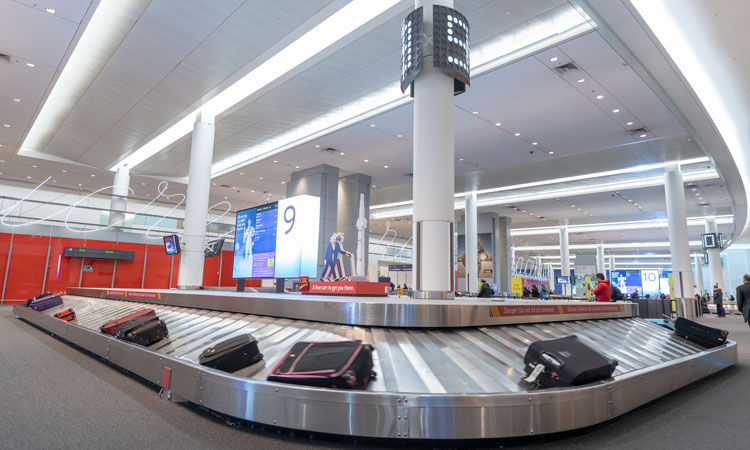

Because of our location, our airport must be prepared to deal with winter weather for many months of the year. So, passenger growth also brings challenges in the area of winter readiness and de-icing of aircraft. At our Central De-icing Facility, we are making investments by adding another underground tank for glycol collection. This new tank will provide an additional 5.5 million litres of storage, on top of the current storage capabilities of 13.5 million litres. Passenger and aircraft growth combined with climate change and increased activity at the facility have driven this requirement for additional underground capacity.
Committed to the environment
Of course, while infrastructure plays a crucial role in better serving our passengers, the ways in which we choose to build are also extremely important.
As our airport continues to grow and prepare for the future of air travel that is coming to our region, we are also committed to managing our environmental impacts.
We have adopted an internationally-recognised green building standard at Toronto Pearson. All capital projects must incorporate strict benchmarks for design, construction and operation of environmentally-conscious buildings.
We have also joined other aviation industry leaders in supporting the Sustainable Development Goals – a United Nations initiative to end poverty, protect the planet and advance global prosperity.
As Canada’s largest airport, we need to be a leader in Canada. We have an aggressive greenhouse gas reduction programme and we are currently exceeding our target of a 20 per cent reduction in emissions by 2020. This is something we are extremely proud of and will continue to work towards as we build our environmental initiatives and programmes to target net zero, recycling and healthy air and water.
Preparing for the future
We feel a strong obligation to ensure we are building responsibly.”
According to ACI World, passenger traffic worldwide is predicted to double over the next 17 years. As a result, questions relating to the ways in which airports can enhance infrastructure and maintain a laser-sharp focus on passenger experience, are certainly timely. Accomplishing these dual objectives is always a careful balance between planning and preparing for the future whilst avoiding a situation where space is wasted or not used to its full capacity.
Knowing that passenger growth is predicted to continue at this rate, it is crucial that we are making investments in our facilities that allow for seamless flow and provide passengers with the amenities they require. Passengers will continue to have a lot of choice in which airports to fly from, and it is up to each airport to make investments that will keep them at the forefront of passengers’ minds when booking their journeys.
Our airport has been on a journey of significant growth and, as the largest airport in the country, we feel a strong obligation to ensure we are planning, preparing and building responsibly to be an airport that our passengers and the country can count on and be proud of.


Issue
Related topics
Airport construction and design, Airport development, Baggage handling, Capacity, Passenger experience and seamless travel, Sustainability





